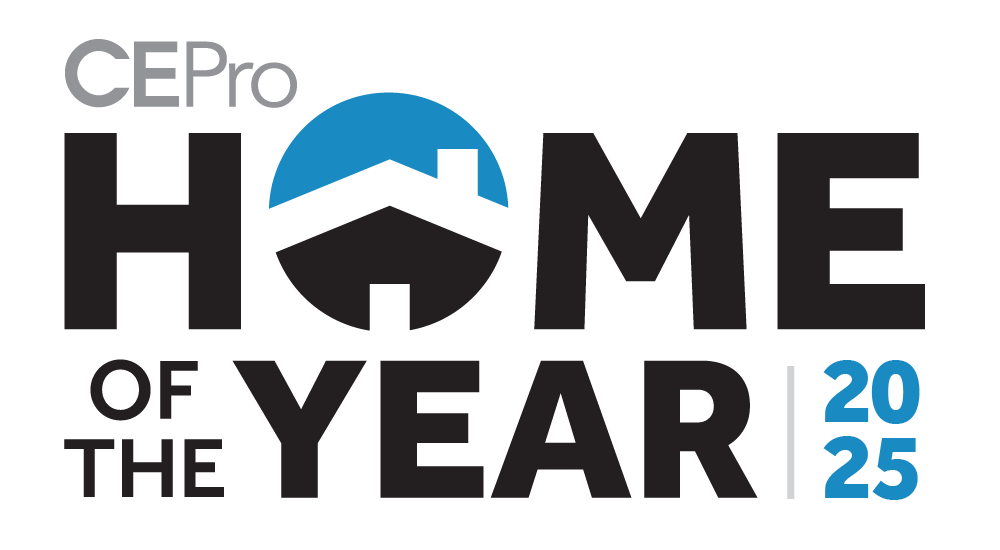As the scope of home networks integrators are working on scales ever upward, network design has become the “secret sauce” when it comes to achieving a well-rounded lifestyle solution. Looking to further bolster its own offering, WhyReboot has announced a new partnership with Bigleaf Networks.
WhyReboot and Bigleaf Networks: A Brief Description
Founded in 2010, WhyReboot designs and deploys enterprise-grade network solutions for luxury residential, commercial and marine environments, with the company stating it specializes in “scalable, future-ready solutions.”
Bigleaf, meanwhile, operates as a provider of cloud-first SD-WAN technology designed to maintain seamless connectivity across multiple internet providers.
A “Cloud-First” Approach to Network Stability
According to the two companies, the collaboration aims to deliver uninterrupted performance for bandwidth-intensive and latency-sensitive applications such as video conferencing, gaming and online trading.
At the core of this lies Bigleaf’s offering, which bonds multiple internet and wireless connections into a single, unified service, eliminating interruptions when switching between different networks.
According to Bigleaf, the company’s architecture works by routing traffic through its own IP space and distributed datacenters across the U.S., which allows for quick failovers without the network dropping any active sessions.
In addition to the added resiliency of the networks, users will also gain access to real-time analytics through a centralized dashboard that monitors the health and performance of all ISP connections.
The Reality of Post-COVID Networking
Following the COVID-19 pandemic, the shift of work from home scenarios saw many shifts from the commercial to home network environments. However, much in the same way people quickly realized their homes may not be as good for their health as they once thought, so did the weaknesses and vulnerabilities of the home network creep in.
Despite calls for returns to office, the work-from-home reality remains strong for many, necessitating more robust networks, however, outside of that, two other trends have emerged in the aftermath of the pandemic pushing for stronger networks:
- Gaming: Online gaming as a hobby continues to grow, and while it may not always be the homeowner doing the gaming, it continues to be a strong entertainment option for friends and family requiring a strong network to support.
- Stock trading: Even outside of institutional investors, retail investing has surged in popularity, with day trading in particular picking up steam and necessitating near real-time connection speeds for those engaging in it.
Though stability is only one part of that equation, as while stability tends to be a facet of networks most commonly noticed by the client, security remains just as, if not more important, because of how little it is often considered until it is too late.
“Zero-Downtime” is What the Companies Are Hearing from Clients
“Every client we work with has zero tolerance for downtime,” said Bjørn Jensen, CEO of WhyReboot. “Whether it’s remote work, online trading, gaming, or business-critical video conferencing, the expectation is that the internet just works. With Bigleaf, we’re delivering exactly that — an always-on experience that adapts to whatever ISPs are available, with seamless failover that clients don’t even notice.”
Bigleaf Networks CEO Greg Davis added, “Our mission is to keep people connected to the applications they rely on, no matter what. Partnering with WhyReboot allows us to bring this value to environments where performance and reliability are absolutely critical.”
The Resulting Product for Integrators
From a deployment perspective, WhyReboot will now be able to offer clients a single-box solution that supports fiber, 5G backup, and even bonded Starlink connections, offering flexibility in environments where network redundancy is a priority.
In particular, the luxury segment — a core market for integrators — has been at the forefront of adopting multi-path and redundant network strategies. Outside of the use cases, even clients with “simple” distributed audio/video control have driven demand over the years for solutions that guarantee continuity during ISP interruptions.
The desire pulls from a similar sentiment fueling adoption in the home battery and energy management segments right now. Whether it’s mission critical systems, or the entertainment set-up at a vacation home, any loss of time due to system outages is viewed as unacceptable nowadays.
The year’s Cloudflare and AWS outages, though being cloud network outages and not ISP-based, are fresh reminders for the frustration any loss in continuity can cause.
















